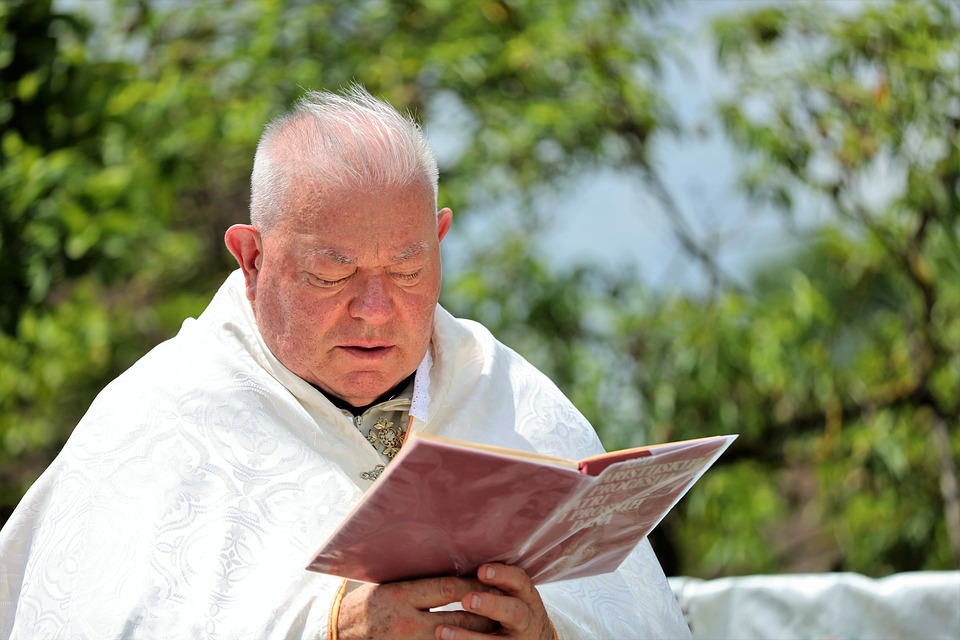The Symbolism and Symbolic Gestures of Religious Processions in Alba
Religious processions are an integral part of the cultural heritage of Alba, a town in northern Italy known for its rich history and traditions. These processions are not merely religious rituals, but also serve as important cultural and social events that bring the community together in celebration and prayer. The symbolism and symbolic gestures of these processions play a significant role in conveying the religious beliefs and traditions of the town.
The Processions
In Alba, religious processions are held on various occasions throughout the year, such as during Holy Week, the feast of the town’s patron saint, and other religious festivals. These processions typically involve the carrying of religious statues, icons, and relics through the streets of the town, accompanied by music, prayers, and chanting. The participants in these processions are often dressed in traditional attire and carry candles or other religious symbols.
One of the most important processions in Alba is the procession of the Black Christ, which takes place during Holy Week. This procession commemorates the crucifixion of Jesus Christ and is a solemn and somber event that draws large crowds of worshippers and onlookers. The statue of the Black Christ, a black wooden crucifix dating back to the 15th century, is carried through the streets of the town in a procession that lasts for several hours.
Symbolism of the Processions
The symbolism of the religious processions in Alba is deeply rooted in the town’s religious beliefs and traditions. The carrying of the religious statues and icons symbolizes the presence of the divine in the midst of the community, and the act of processing through the streets represents a journey of faith and devotion. The candles carried by the participants symbolize the light of Christ illuminating the darkness of sin and death, and the music and chanting create a sense of reverence and awe.
The procession of the Black Christ is particularly rich in symbolism, as the black color of the crucifix represents the suffering and sacrifice of Jesus Christ on the cross. The somber and solemn atmosphere of the procession evokes a sense of mourning and repentance, as the faithful reflect on the significance of Christ’s sacrifice for the salvation of humanity.
Symbolic Gestures
In addition to the symbolism of the processions themselves, there are also many symbolic gestures that are performed during the religious processions in Alba. These gestures are often rituals that have been passed down through generations and have deep spiritual significance for the participants.
One common symbolic gesture is the laying of flowers or other offerings at the feet of the religious statues as they pass by. This act of devotion and homage expresses the reverence and gratitude of the faithful towards the divine figures represented by the statues. Another common gesture is the kissing of the feet or hands of the statues, a sign of respect and veneration for the sacred images.
The use of incense during the processions is another symbolic gesture that carries spiritual significance. The sweet-smelling smoke of the incense symbolizes the prayers and sacrifices of the faithful rising up to the heavens, and creates a sense of purification and sanctification for the participants and the procession itself.
Conclusion
In conclusion, the symbolism and symbolic gestures of the religious processions in Alba play a crucial role in conveying the religious beliefs and traditions of the town. These processions are not only religious rituals, but also cultural and social events that bring the community together in celebration and prayer. The symbolism of the processions, from the carrying of the religious statues to the use of incense, evokes a sense of reverence, awe, and devotion among the participants and onlookers.
The symbolic gestures performed during the processions, such as the laying of offerings and the kissing of the statues, express the deep spiritual significance of these rituals and reflect the faith and devotion of the faithful. Through these symbolic gestures, the religious processions in Alba serve as a powerful expression of the town’s religious heritage and traditions, and continue to be a source of inspiration and spiritual renewal for the community.
